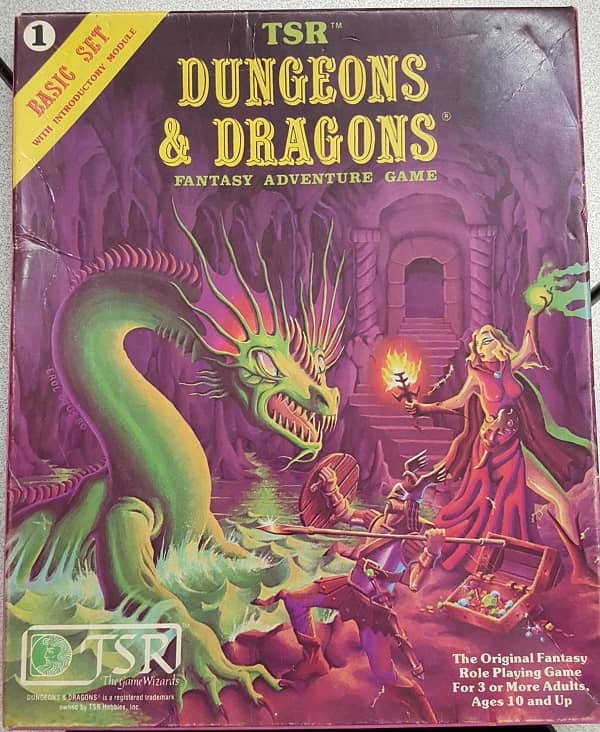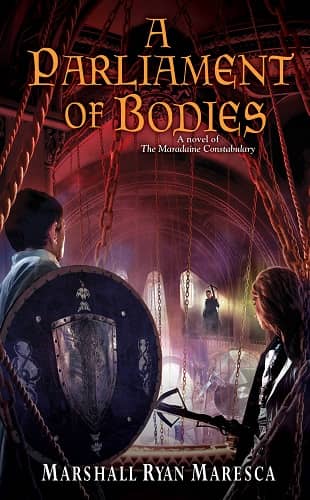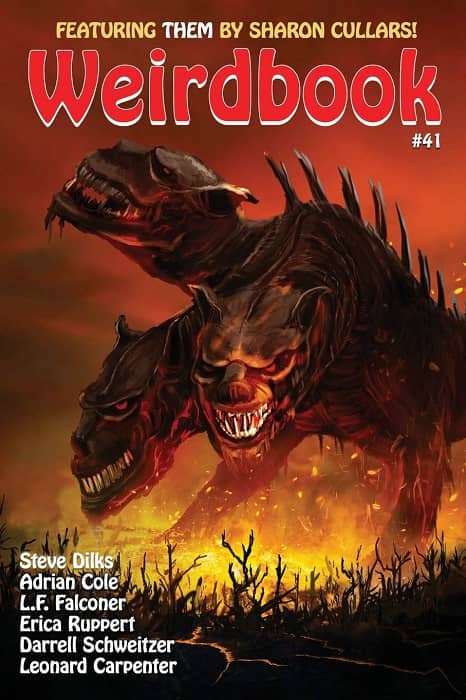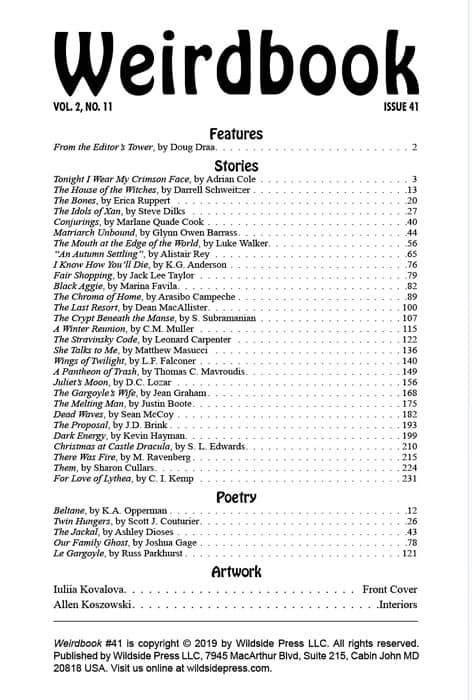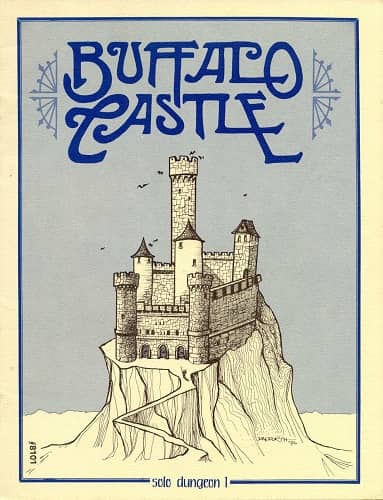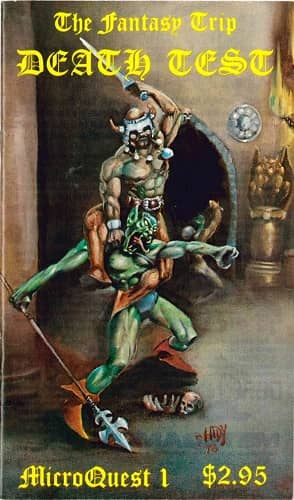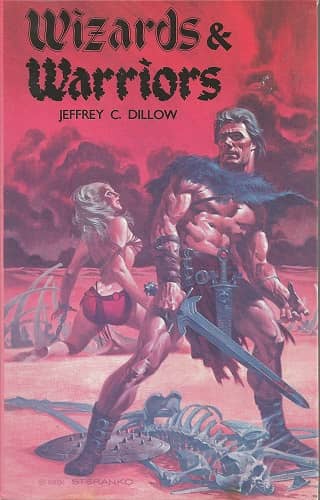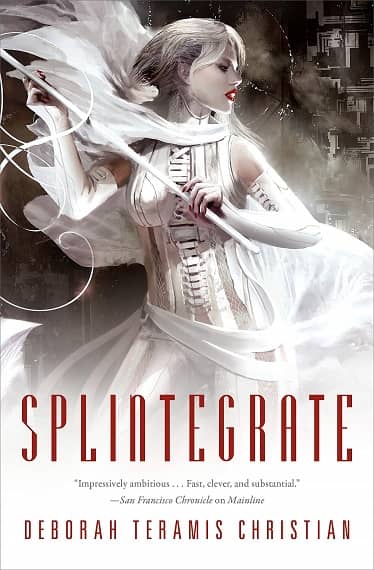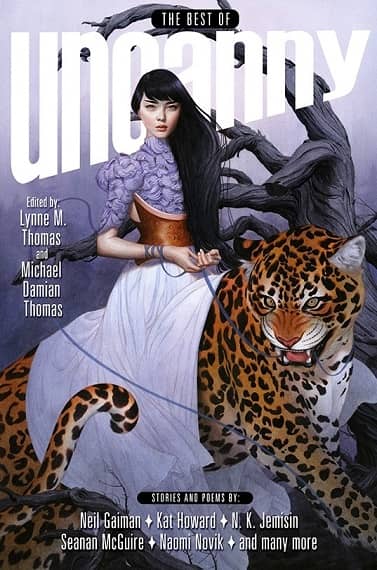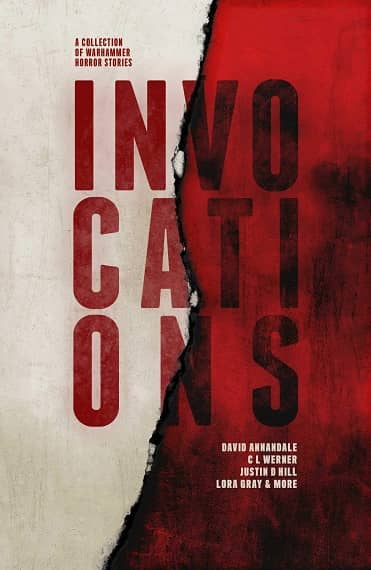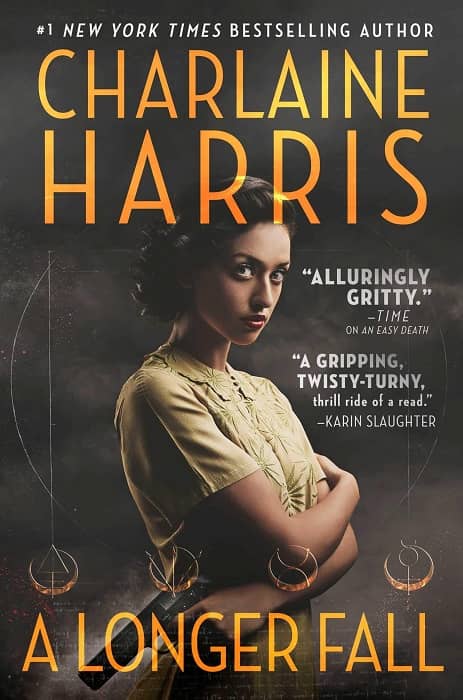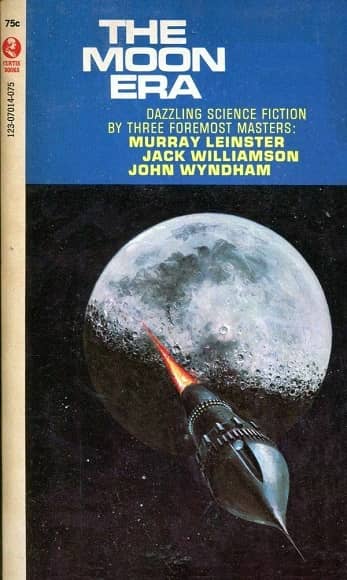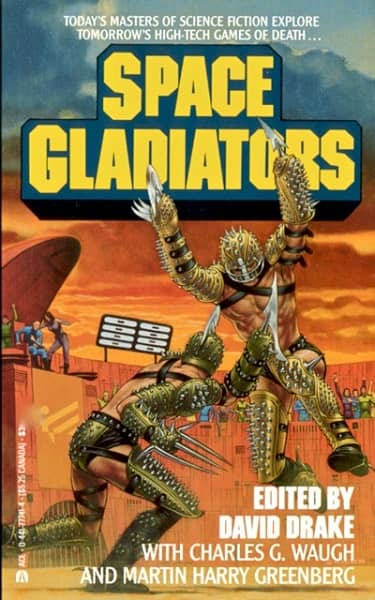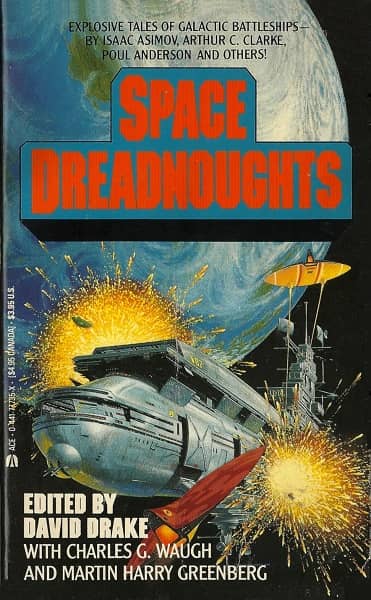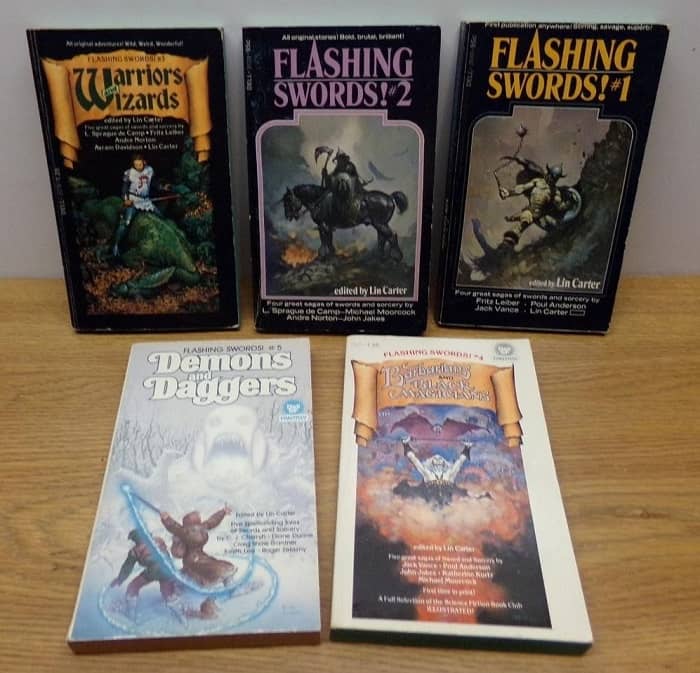The Joy of Starter Kits, Part Two
Dungeons and Dragons Basic Set Second Edition,
edited by Tom Moldvay (TSR, 1981). Cover by Erol Otis.
I often wonder how new players discover role playing these days.
I mean, I know how it happens in theory. You’re introduced to the concept through video games, or friends, or a gaming club, or maybe Stranger Things. The whole thing sounds pretty cool. Eventually you take the plunge and shell out for a set of hardcover rule books and dice, and become a genuine RPG gamer. Sure, it’s a commitment. But it’s no more expensive than other pastimes of the idle rich, like polo or yacht racing.
It’s that initial expense that gets me. The D&D Players Handbook, the most fundamental RPG book on the market, retails for $49.95 — and it’s only one of three you really need. And that doesn’t even include dice. God knows how pricey those are these days.
It used to be easier. You used to be able to try D&D the same way your tried Monopoly, with an impulse buy of a single reasonably-priced box. That’s how I got started in the fall of 1979, when I bought the D&D Basic Set after seeing a few magazine ads in Analog and picking up a copy at the local gaming store. The sheer financial (not to mention emotional) commitment required of modern RPGs is a serious barrier to entry, and many game publishers have gradually come to that realization.
In Part One of this article I looked at some of the games that have embraced the old idea of the Starter Kit, an inexpensive box set that includes everything new players need to learn the fundamentals of role playing and have a few adventures. This new generation includes Pathfinder, Starfinder, Battletech, Numenera, Shadowrun, and others. In Part Two we look at Call of Cthulhu, Traveller, Star Trek Adventures, Warhammer, Star Wars, and the new breed of Dungeons and Dragons beginner boxes.
